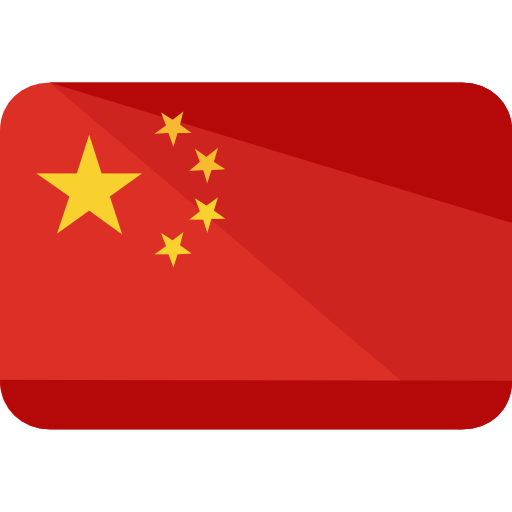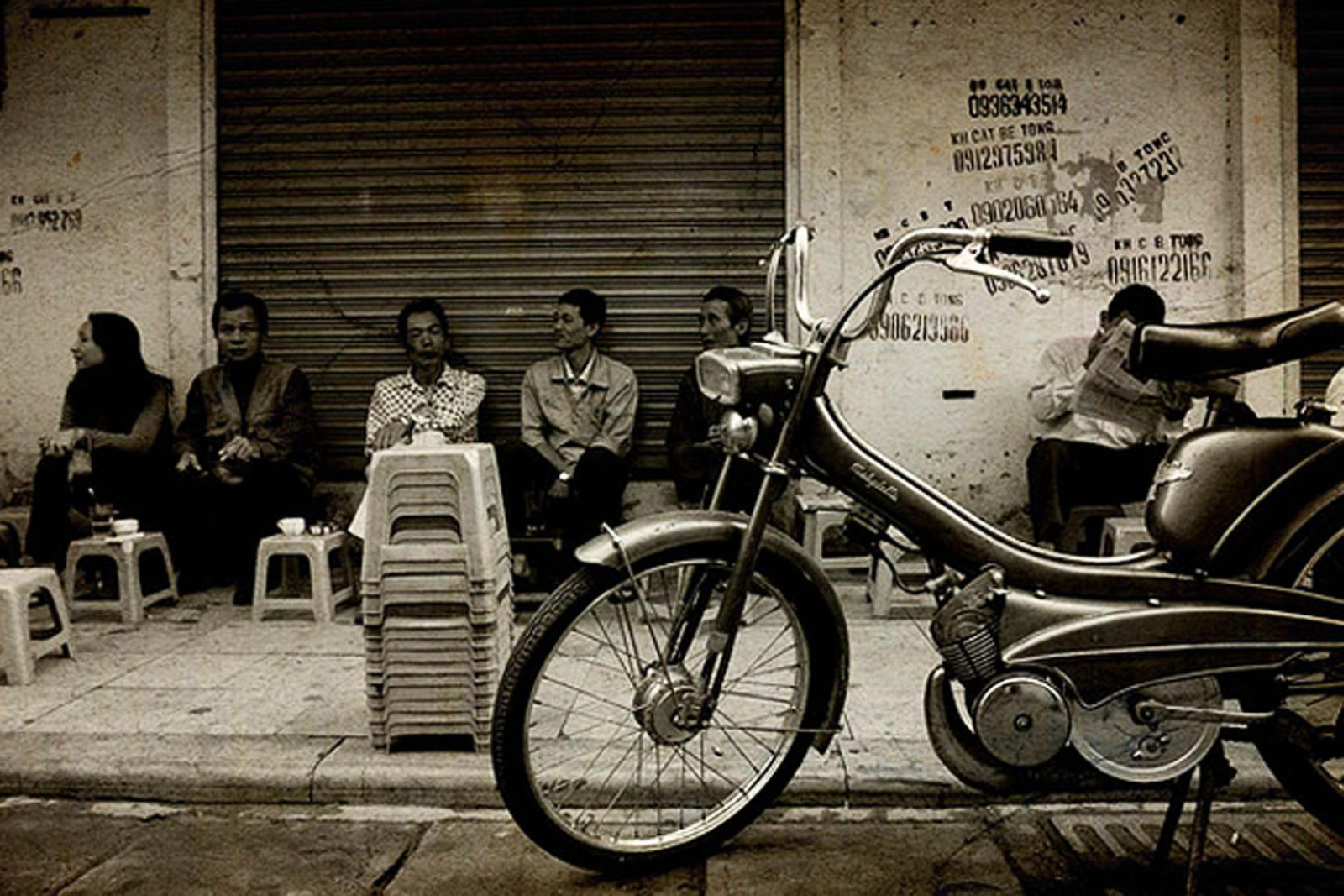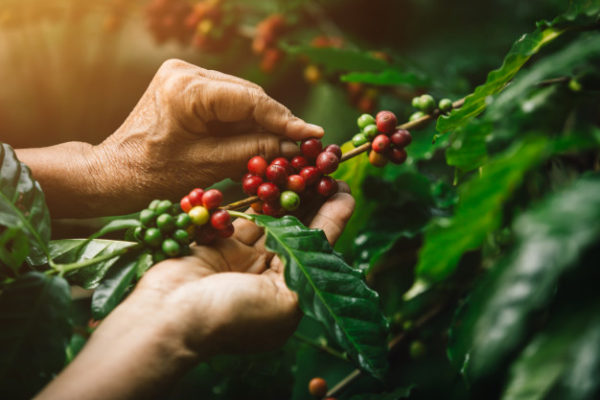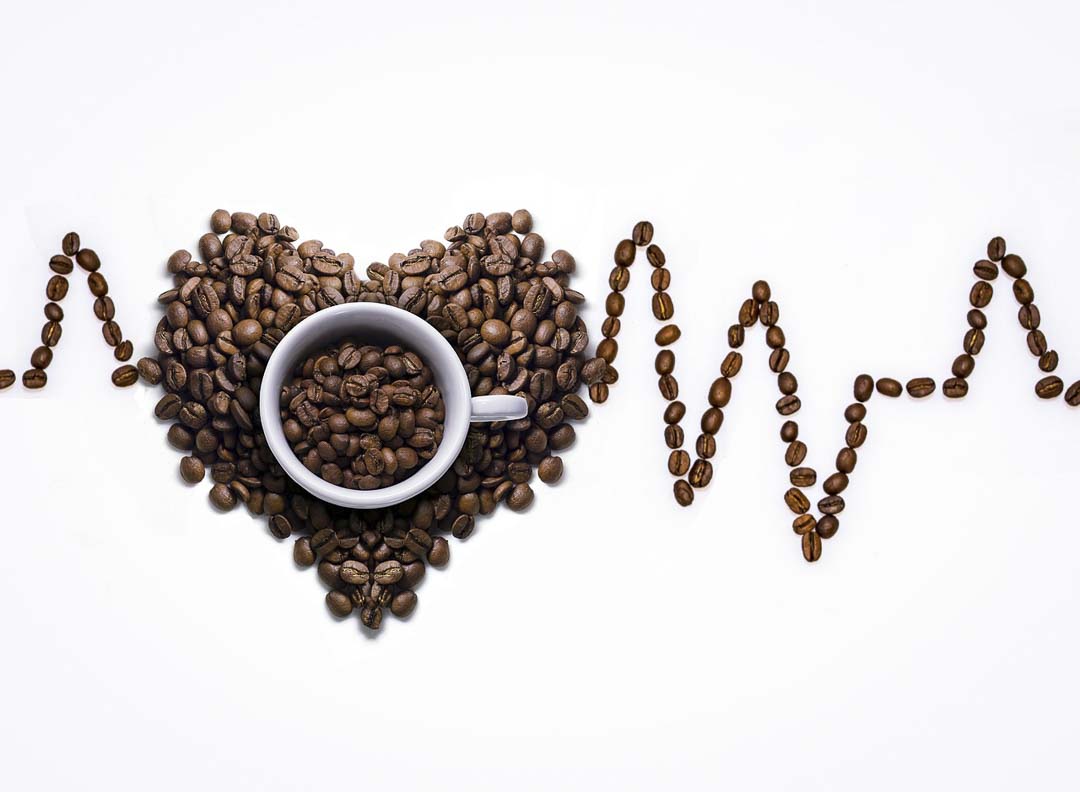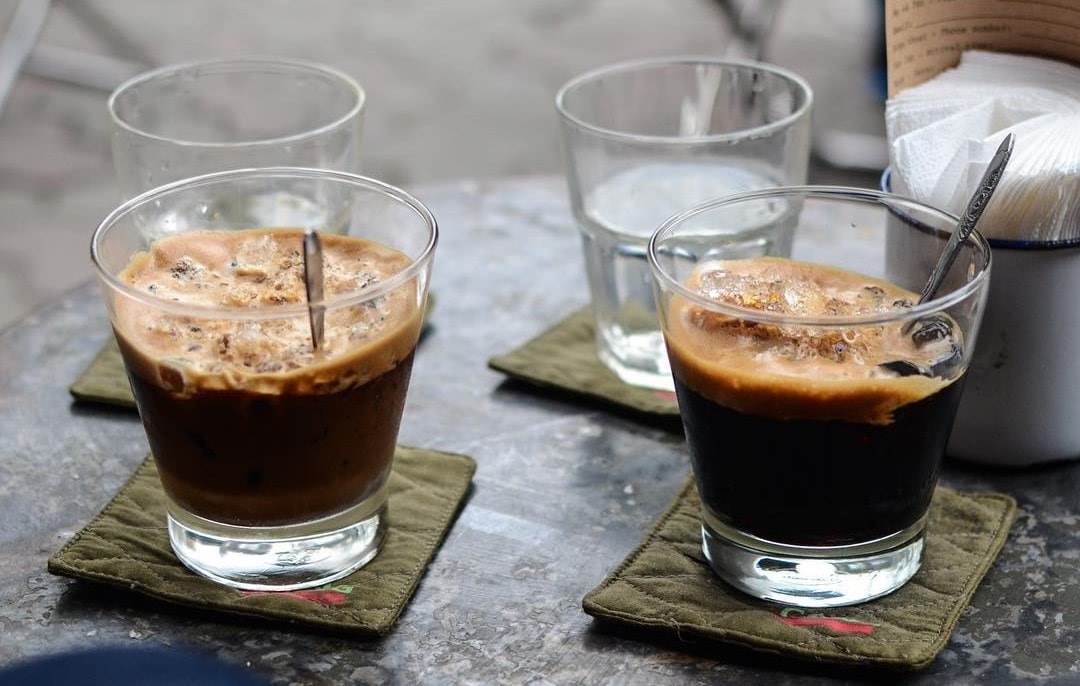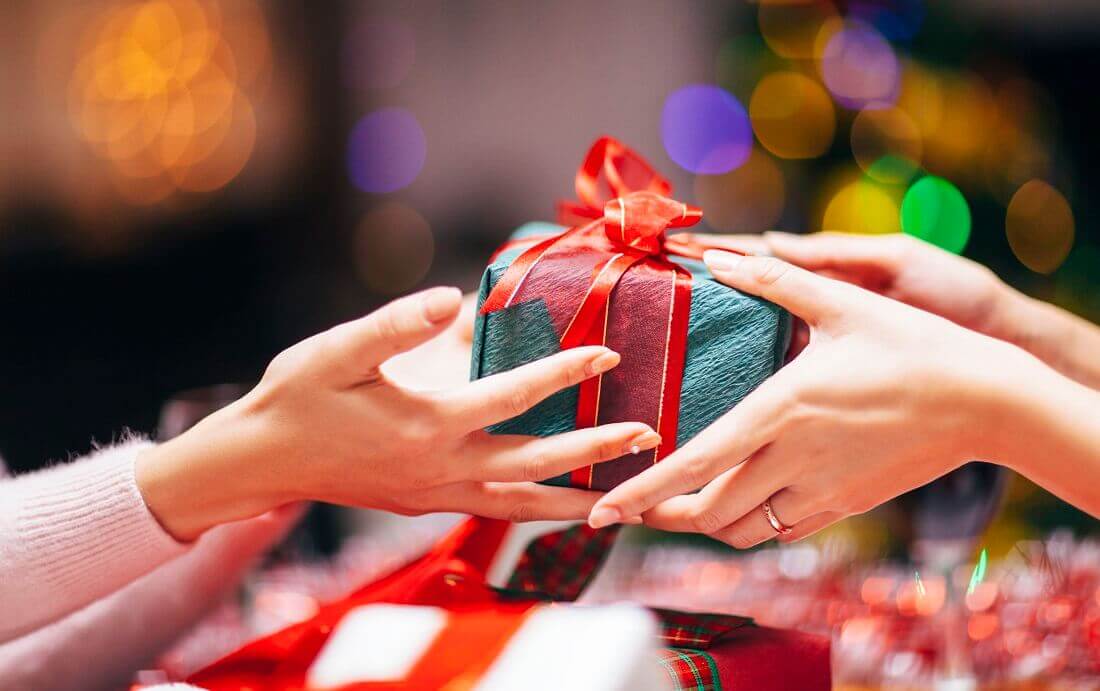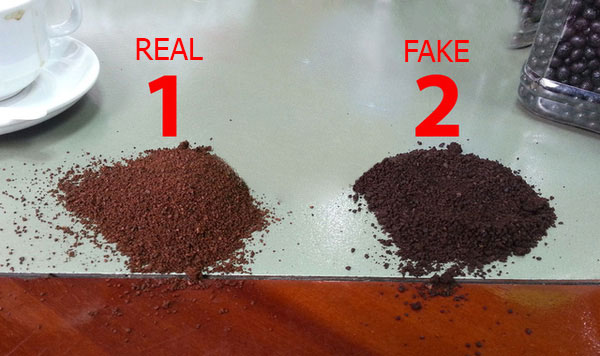A story of coffee. Real or Fake?
A story of coffee. Real or Fake?
FAKE COFFEE !!
Deferent between Real Coffee and Fake Coffee ?
- Vietnam is the second largest coffee exporter in the world, but the local market sees plenty of fake coffee being served all over the country
- Fake coffee was invented due to the lack of the real stuff in the period of mid-20th century hardships
- Fake coffee is typically made of a small percentage of real coffee, roasted soybeans, cornmeal, and a variety of additives (both natural and chemical)
- Drinking fake coffee on a daily basis may lead to some health problems
- The easiest way to differentiate is by taste – real black coffee is always bitter and a bit sour, whereas the fake one is slightly sweet
The Vietnamese people adore coffee, and enjoying a cup of cà phê with friends or family is a sacred daily ritual for many Saigonese. This is attested to by the fact that every sidewalk of the city is a potential coffee shop – a couple of low tables and plastic chairs is all it seems to take to set one up. However, for all their love of the invigorating beverage, some locals are turning away from traditional outdoor cafés. The reason is that the usage of fake coffee is becoming increasingly common among vendors struggling to eke out a profit margin while often selling a cuppa joe for less thanVND10,000.
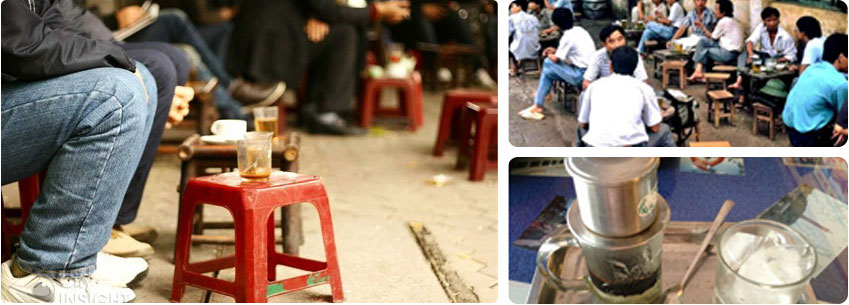
Given that Vietnam is the world’s second largest coffee exporter, the very existence of fake coffee on the local market may seem puzzling. Also adding to the riddle is the fact that the tradition of drinking coffee was widespread and considered a part of local culture by the early 1900s – so the drink has a long tradition behind it. However, this country has not always enjoyed abundant harvests of coffee, especially so due to the turmoil of the mid-20th century. When the times were tough and real coffee beans were hard to come by, the people had to improvise on a substitute – and thus fake coffee was born.
What exactly is “fake” coffee? Essentially, it’s a small amount of coffee beans mixed with roasted soybeans, cornmeal, and various additives. In terms of proportions, real coffee typically makes up less than a fifth of the final product, but some fake coffee distributed in HCMC has not seen a single caffeine-containing bean at all.

The process of making fake coffee and the ingredients used is bound to be hair-raising for any self-proclaimed coffee enthusiast. First, soy beans are roasted for about 45 minutes until they’re burnt dark. Next, the batch is dumped on the floor and the process of dyeing it with a mixture of caramel and rice wine begins: 200 kilos of soybeans call for about 30 kilos of caramel and 5 litres of rice wine to make the product look passable. The workers then use hoes and rakes to homogenise the sticky mixture, allowing it to cool down and absorb the dye uniformly. At this point, various extra ingredients are added, depending on the creativity of the producer, to make the end product smell and taste better. Some of the benign additives may include butter, coffee essence, powdered milk, vanilla extract, and even fish sauce.
Unfortunately, not all of the ingredients used in fake coffee can be described as natural. An official investigation that took place in 2012 yielded some disturbing results. The investigators concluded that harmful chemicals are commonly used to make fake coffee. Among them, the presence of chloramphenicol, a cheap antibiotic, is especially worrying – as well as carboxymethyl cellulose and sodium lauryl sulfate, typically used to manufacture cleaning and hygiene-related products. Although not toxic per se, they can be tainted with heavy metals such as mercury and lead. The doses are, without a doubt, fairly small, but if ingested on a daily basis these heavy metals may lead to serious health issues.
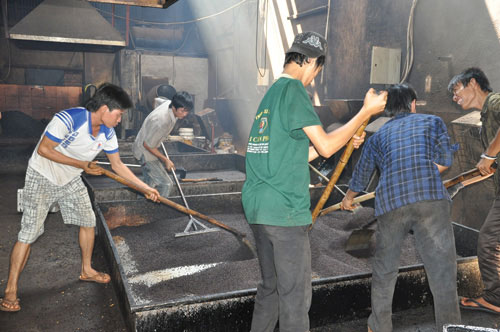
Some Vietnamese people consider fake coffee to be an endemic problem in HCMC and have taken to brewing their java at home. Recent media coverage seems to prove their fears – fake coffee producers can make 250 kilos of the stuff in one batch and some factories churn out up to 1.5 tons daily. Although there is no official data, one veteran who has been in the business estimates that central and southern Vietnam are supplied with around 50 tons of fake coffee every day. The price disparity between the fake and genuine coffees is the driving factor behind this astronomical demand: the cheapest varieties of fake coffee cost as little as VND50,000 per kilo, while the same amount of low grade robusta coffee costs at least double. Given that many sidewalks cafes charge as little as VND6,000 a cup, it’s easy to understand why the coffee there is so cheap.
Incredibly, many Vietnamese people have gotten used to the idea of fake coffee.According to the media coverage, much of the population is aware of the problem, but few people are able to distinguish it from the real thing. This is partly because the producers have improved their formula to the point that it’s actually pretty close to real coffee, and partly because the sugar and condensed milk tend to mask any subtle flavour differences (keep in mind that robusta in general has a very strong taste with few nuances). It’s said that some Vietnamese people have never even tried real coffee in their lives, and this statement may not be completely off the mark.
Avoiding fake coffee is somewhat tricky, since you’ll have to try the real stuff first. A good way to go about it is to brew your coffee at home for a few days and get used to the local taste. Try to go with reputable brands like Huongmai Cafe, where have weasel coffee is regarded as one of the best coffee in the world with its smooth and nice taste.
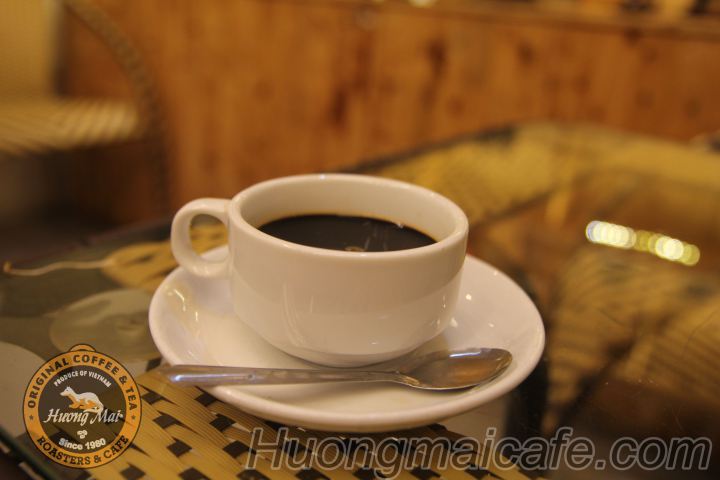
If you’re not sure as to the authenticity of the ground coffee you’ve bought, there is an easy way to find out if it’s bona fide. Get a glass of cold water and pour in a tablespoon’s worth of coffee under suspicion. If it stays above the water and doesn’t “bleed” much, it’s the real deal. If it sinks to the bottom and colours the whole glass black, you’ve got a dud on your hands.
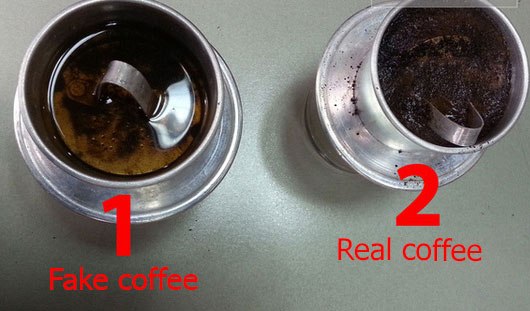
When drinking real coffee, note the colour: it should be a clear black hue that won’t go pale if you add more water. Fake coffee, on the other hand, is intensely black at first but will gradually lose its colour if diluted in water (this is easy to observe with black iced coffee). Also, real coffee served black is always bitter with a hint of sourness, whereas fake coffee has a hint of sweetness due to being dyed with caramel.
Be wise consumer.
Huongmai.

